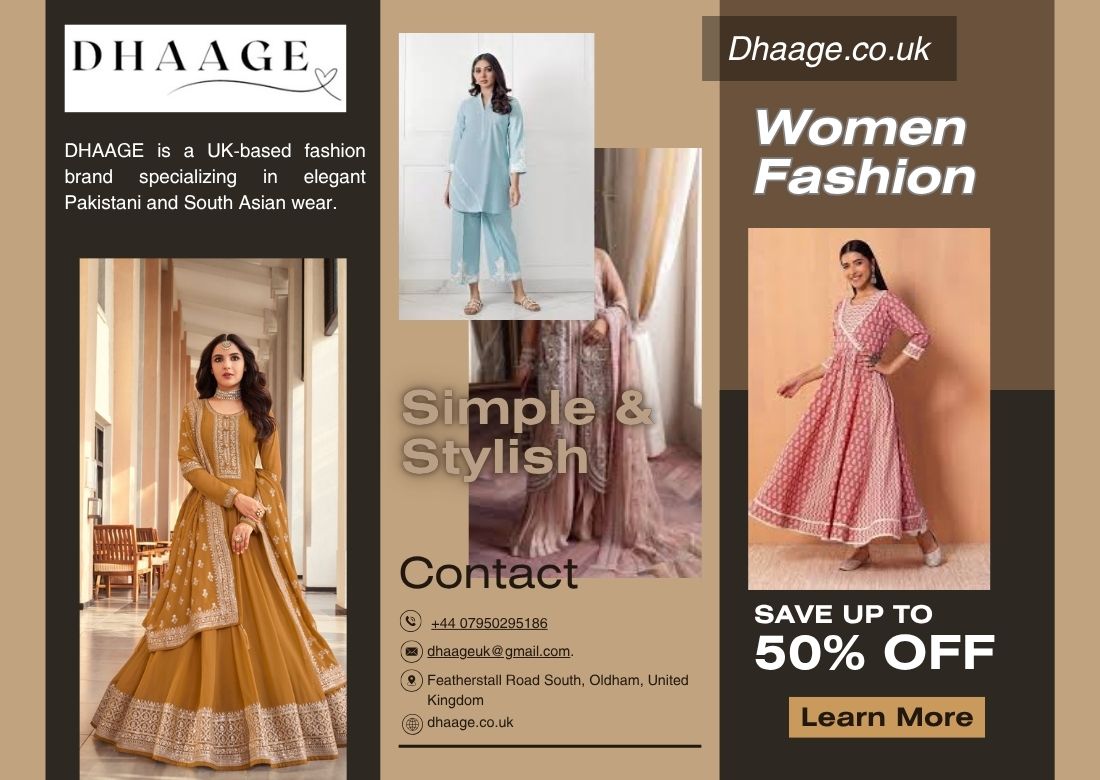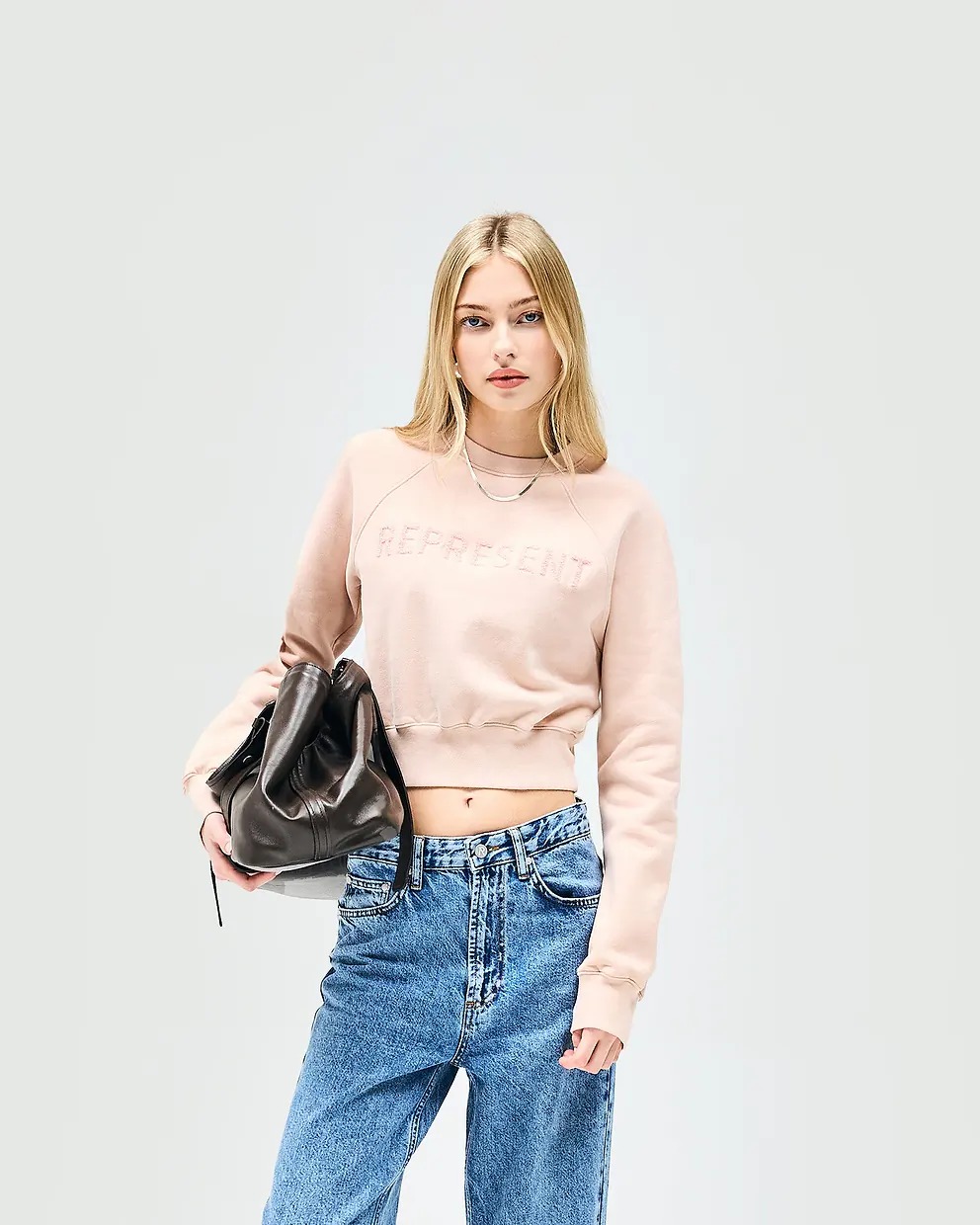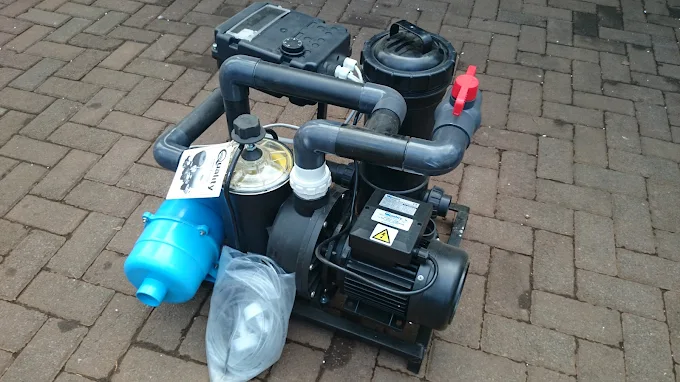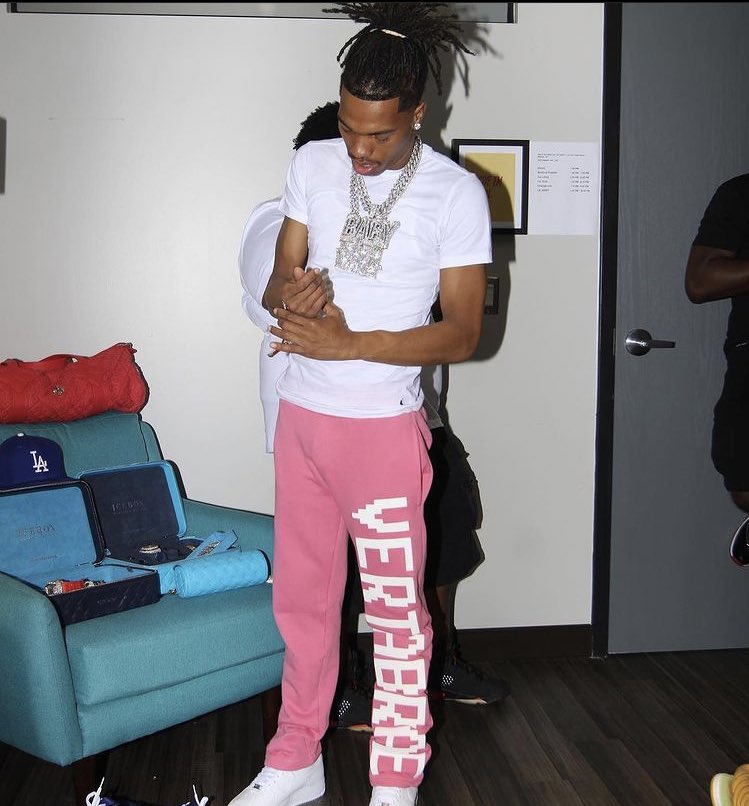
Have you ever noticed how the right gym shoes can make or break your workout? Whether you’re a seasoned player or just starting your fitness journey, knowing what makes a good gym shoe is important for comfort, performance, and pain prevention. In this thorough guide, we’ll walk through everything you need to know before investing in your next pair of gym shoes, helping you make an informed choice that supports your specific workout needs.
Understanding Different Types of Gym Shoes
Not all gym shoes are made equal. This might seem clear, but many people make the mistake of using a single pair of sports shoes for every type of workout. The truth is that different tasks place unique demands on your feet and require specific features to provide the best support.
- Cross-training shoes are flexible all-rounders that handle various gym exercises from weightlifting to fitness classes. They generally offer modest padding, horizontal support, and longevity for multiple workout types. If you enjoy changing your workouts or participating in exercise classes that blend different moves, these might be your best bet.
- Running shoes favour forward motion with extra padding and heel-to-toe support. They’re designed to absorb pressure but aren’t ideal for side moves or training. If your gym lessons mainly involve machine work, these are suitable.
- Weightlifting shoes feature flat, incompressible soles with raised toes to help keep proper form during pulls. They favour support over padding to provide a strong base for big weights. These specialty shoes can significantly affect your lifting ability and safety.
Key Features to Consider
When examining gym shoes, several important features deserve your attention. First, consider the insole structure, which decides how much padding and support the shoe offers. EVA (ethylene-vinyl acetate) offers lightweight padding, while polyurethane provides more resilience and support.
- Heel drop (the height difference between heel and toe) affects running form and comfort. Traditional running shoes usually have a drop of 10-12mm, while ultralight choices might have zero drop. Your personal physics and taste should guide this choice.
- Upper materials affect ventilation, movement, and longevity. Mesh provides great ventilation but less support, while synthetic leather gives more structure but less air. The best choice relies on your foot type and workout effort.
- Outsole designs determine grip on different surfaces. Look for multidirectional grip patterns if you perform various moves or softer forms for primarily indoor use.
Finding the Right Fit
The right fit is non-negotiable when it comes to gym shoes. Ill-fitting women’s footwear can lead to blisters, pain, and even accidents. When trying on shoes, wear the socks you’ll use during workouts and shop later in the day when your feet are typically more swollen.
Leave approximately a thumb’s width of room between your longest toe and the shoe’s end. The heel should feel snug but not tight, and it should not move when you walk. The midfoot should feel solid without hurting, and the toe box should allow your toes to spread freely when you stand.
Remember that size changes between names don’t depend solely on your normal number. Many top players wear different sizes across different shoe brands. Try before you buy whenever possible, and don’t fear to walk around the store to test comfort.
Activity-Specific Considerations
Your main exercise type should greatly influence your gym shoe choice. Let’s break down some specific requirements:
- For HIIT (High-Intensity Interval Training), look for shoes with good padding, lateral support, and aeration to handle quick direction changes and high-impact moves.
- If you focus on exercise, favour flat, stable shoes with minimal padding to keep a strong link with the ground. Some lifters prefer a small heel raise for squats and Olympic lifts.
- If using clip-in wheels, indoor riding fans should consider shoes with stiff soles and compatibility with cleats. Breathability is also important as pedalling can create significant foot heat.
- Padding and support are key for exercise tools like ellipticals and stair walkers, but extreme expertise is less important than for running or pulling.
Budget and Value Assessment
Quality gym shoes are an investment in your health and efficiency, but that doesn’t mean you need the most expensive pair. Set a realistic budget based on your workout regularity and goals. A serious athlete might consider paying more for specific features, while a casual gym-goer might find excellent choices at mid-range costs.
Seasonal deals and previous-year models can offer significant savings without losing quality. Many names offer new versions yearly with small changes, making last year’s model a possible deal.
Conclusion
Finding the right gym shoes is an investment in your health, performance, and fitness path. As explored throughout this guide, the right gear can differentiate between painful workouts with possible injuries and relaxing, effective training practices that help you reach your goals.






